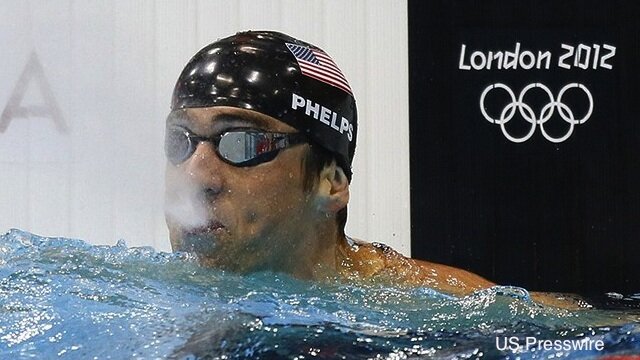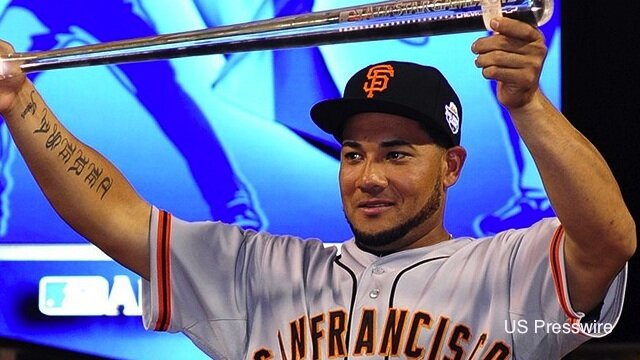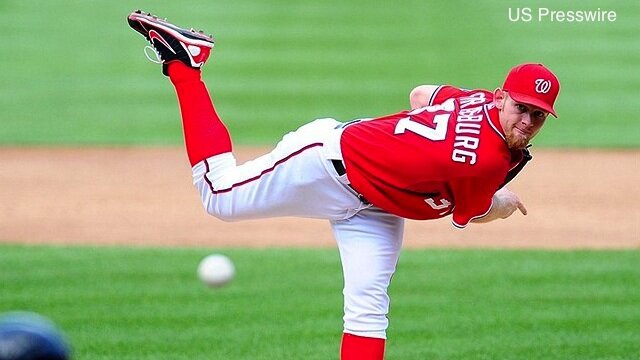Should We Be Surprised About The Struggles Of The Boston Red Sox?

During the offseason I wrote an article predicting the struggles of the Boston Red Sox. While some of my colleagues and readers disagreed, it was a bold statement about the poor decisions leading up to the start of the 2012 season. The Boston Red Sox did not look like a team that was built to compete with their rivals in the American League, as their pitching was full of risks and their offence had taken a step back. While it is early in the season, the Boston Red Sox record currently stands at 13-19, 7.5 back of the division leading Baltimore Orioles and 5 back of the wild card.
We’re not even two months into the season, so there’s no guarantee the Boston Red Sox will miss the playoffs. There’s 130 games left, and a lot can change over that period of time. The addition of the second wild card gives them a better chance of making it, as they don’t even need to be the second best team in their division to make the playoffs. If we assume that the Boston Red Sox would need to win at least 89 games to qualify for one of the wild card spots, they would need to win at a .585% pace. That’s going to be very difficult to put up over the course of a season, and essentially would mean the Boston Red Sox would have to play almost as well as the Tampa Bay Rays have through the early part of the season.
One thing the Boston Red Sox can do is call up former set up man Mark Melancon to the bullpen. He was one of the worst pitchers in the majors before being demoted, putting up a 49.50 ERA in the four games he appeared in. However Melancon has rediscovered his control, striking out 18 batters while walking none in 10 innings of work in the minors. He’d be a clear upgrade in the bullpen, and there’s no reason to leave him in AAA at this point.
Of course, while mentioning Melancon it’s worth pointing out that in order to acquire him the Boston Red Sox had to trade shortstop Jed Lowrie. While nobody could have expected Lowrie to be this effective, it’s a good example of why we shouldn’t trade position players with upside for relievers. Lowrie has been one of the better all around shortstops in the game, putting up an 856 OPS while playing above average defence. This, of course, would be an upgrade over the incumbent shortstop Mike Aviles.
I was not very kind to Mike Aviles in my expectations for the Boston Red Sox shortstop, and so far the results have been a mixed bag. He’s been fairly average defensively, and his bat has been slightly below average, but the combination has made him an effective shortstop. It is interesting to note that many shortstops around baseball have struggled early on, including Troy Tulowitzki, JJ Hardy, Yunel Escobar, Jose Reyes, Alexei Ramirez, and Jhonny Peralta. In a typical year Aviles would not be considered an above average shortstop, but given the struggles of several high profile players he remains a solid option.
Expecting Carl Crawford to be healthy was a mistake, and recent trades for Marlon Byrd and Scott Podsednik have done little to help. While the injury to Jacoby Ellsbury was unexpected, the Boston Red Sox lack of depth was a critical issue that they failed to address.
The bigger issue has been the complete lack of pitching. The Boston Red Sox pitching staff ranks 29th in the majors in ERA at 5.28, and there is plenty of blame to go around. Josh Beckett has been horrible, and while many would point to his attitude as reasons for his struggles, the more obvious problem is the drop in velocity. Last season he averaged 93 MPH on his fastball, and now he’s down to 91. That kind of drop would suggest a decline in skills, or that he’s hiding an injury. Daniel Bard has predictably been a disaster, and Felix Doubront hasn’t done much to show he deserves a starting spot going forward.
One of the most interesting questions regarding the Boston Red Sox has to be what happened to the ace formerly known as Jon Lester. He’s cut down on the use of one of his most effective pitches, the cutter, throwing it only 17.7% of the time compared to last year’s 27.9%. This is a significant change, and given that he hasn’t been successful when throwing his cutter less often we have to ask ourselves why Lester has changed his pitching style. Lester hasn’t been as effective as he has in the past, and it’s unlikely he’ll return to form as one of the top lefties in the game without increasing the usage of his cutter.
There are reasons for optimism with this Boston Red Sox squad – David Ortiz continues to mash, Dustin Pedroia is hitting like he did when he won the MVP, and Ryan Sweeney has exceeded expectations. Will Middlebrooks has been a revelation, and in a season with so many disappointments it’s nice to see one promising player join the lineup.
But realistically, the Boston Red Sox are a long shot to make the playoffs. Their lack of depth in both the lineup and the pitching staff has been exposed early in the season. While it’s unfair to punish them because of a few injuries, being unprepared and not having the appropriate depth is a fatal flaw that cannot be forgiven. The Boston Red Sox were a top heavy team that needed everything to go right in order to succeed, and planning for the best case is setting yourself up for failure. The Boston Red Sox can only hope that some of their struggling players can return to their career norms, or it won’t just be the 2012 season that the Boston Red Sox struggle in.
Buy Boston Red Sox Tickets | Buy Boston Red Sox Apparel4 Rants to “Should We Be Surprised About The Struggles Of The ...”
Check out what others are saying about this post...
-
[...] * Photo 1 Courtesy of Rant Sports [...]
Leave a Rant
and oh, if you want a pic to show with your comment, go get a gravatar!






I’ll give you credit for being more pessimistic about the Red Sox, but your assesment of Bard and Doubront is still just inaccurate. Just 16 rookie starters have had better FIPs in their first season than Doubront and Bard have now. Both have also been heavily victimized by Bobby Valentine’s slow hook and could have even better numbers if they were just taken out one or two batters sooner. If they were to sustain the same peripherals for 150 plus innings, both would likely rank in the top 50-75 for starters, which is excellent for first time starters. Bard could regress a bit if his allows a more normal HR/FB rate, but he should also up his strike out rate a bit as well. Doubront has been about as good as Jon Lester was in his first year as a full time starter, which is more than enough to justify his place in the rotation this season and beyond. ERA is just not reflecting the underlying skills at all in both cases, in part because of Valentine.
It’s not a matter of pessimism – it’s called being realistic. I didn’t say everything would go wrong, I said that the Red Sox were a flawed team, and they’ve done nothing to disprove that. It’s not pessimistic to suggest that having a lack of depth would hurt a team that has several injury prone players. It’s not pessimistic to suggest a rotation consisting of Beckett/Lester/Buchholz/Bard isn’t in the same league as Haren/Weaver/Santana/Wilson or Price/Shields/Hellickson/Moore or some of the other rotations. Or that relying on Andrew Bailey to stay healthy is just asking for trouble.
Obviously FIP > ERA, but in Bard’s case I wouldn’t use FIP. Look at his HR rate – no SP can maintain a 3.2% HR%. Even if his other numbers regress, his XFIP (4.67) is pretty close to his ERA (4.83) so unless you believe Bard is going to maintain a 3.2% HR%, then this is what Bard is. He’s simply not as effective without the high end velocity. He has very little control when he starts, and his swinging strike rate has dropped to prove that hitters aren’t being fooled as often.
And let’s be honest – Bard is no rookie, so telling me that he’s doing well for a rookie starter is meaningless.
Doubront on the other hand has a low swinging strike rate and a below average first pitch strike rate – meaning that the strikeouts are going to decrease and the walks should increase. Hard to strike out guys when you don’t get ahead very often, and when you’re behind in the count you’re not as likely to get them to swing at pitches. Not to mention his crazy 25% LD rate.
Valentine having a slow hook isn’t an excuse for poor performance either. The alternative is to turn it over to the bullpen a bit earlier, and either way you’re kinda screwed.
…just 16 rookie starters in the past five years (since 2007) that is